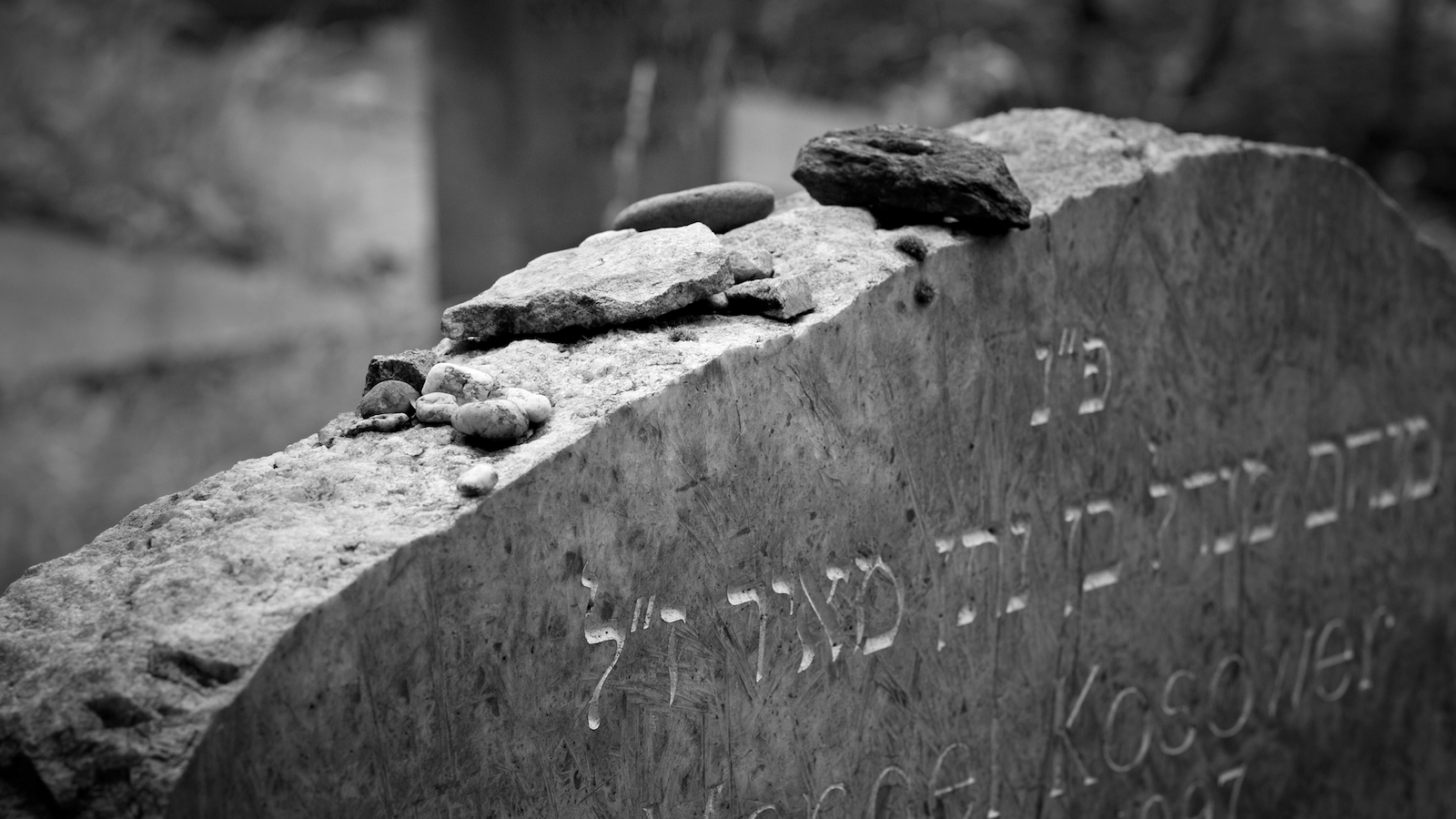Two thousand years before modern psychology discovered “grief work,” the rabbis of the had established a staged series of steps to manage mourning. There are six basic phases of the Jewish bereavement cycle. Each has a specific time period and a set of major practices and common emotional states that assist the mourner through the grieving process.
Remember: Although these phases are time-bound, the emotions of a mourner’s grief may or may not correspond to these times. The experience of bereavement is highly individualistic and while the time may move quickly, the resolution of grief often takes months or years.
The following provides an overview of the Jewish approach to mourning:
Phase One: Aninut
With your help, My Jewish Learning can provide endless opportunities for learning, connection and discovery.
Time: From the moment of death until the conclusion of the funeral.
Major Practices: Making funeral arrangements, preparing for the funeral, no mourning, no prayer services, no “official” condolence calls.
Common Emotions: Shock, numbness, anger, denial, disbelief.
Phase Two: Aveilut (for Seven Relatives: Mother, Father, Spouse, Sister, Brother, Son, Daughter)
Time: Seven days of [literally, seven], beginning at the conclusion of the funeral (Day One) through the next six days, unless cancelled by a festival. The first three days are for intense mourning, followed by four days of mourning and reflection.
Major Practices: “Sit” at home, say [prayer recited by mourners in praise of God] at prayer services conducted in the home (or synagogue), receive consolers, no work or shaving.
Common Emotions: Sadness, relief, melancholy, comfort, happiness when recalling fond memories of the deceased.
Phase Three: Sheloshim–30 Days (for Seven Relatives)
Time: From the end of shiva (Day Seven) through 30 days from the day of burial.
Major Practices: Return to work, say Kaddishat prayer services in the synagogue, no entertainment, men do not shave.
Common Emotions: Loneliness, busyness, waves of sadness.
Phase Four: Shanah–11 Months (for Parents)
Time: From the day of burial through 11 months.
Major Practices: Saying Kaddish at prayer services in the synagogue, some restrictions on behavior (including attendance at genuinely happy events) until a full year has passed, unveiling of gravestone.
Common Emotions: Gradual return to normal feelings, occasional twinges of sadness, recovering from grief, return of humor.
Phase Five: Yahrzeit
Time: Anniversary of the day of death.
Major Practices: Say Kaddishat prayer services in the synagogue, light a memorial candle, give [charitable donations].
Common Emotions: Sadness at memory of loss.
Phase Six: (for Seven Relatives)
Time: Yom Kippur, Shemini Atzeret, last day of Passover, second day of Shavuot. [In communities that observe only one day of Shavuot, Yizkor is said on that day. In many communities, Yizkor is also said on Rosh Hashanah, the second day of and the second day of Passover.]
Major Practices: Recite special memorial services in the synagogue, light memorial candle (although some.light a candle only on Yom Kippur), give tzedakah.
Common Emotions: Sadness, memories.
Reprinted with permission from A Time to Mourn, A Time to Comfort (Jewish Lights Publishing, 1993).
Sign up for a Journey Through Grief & Mourning: Whether you have lost a loved one recently or just want to learn the basics of Jewish mourning rituals, this 8-part email series will guide you through everything you need to know and help you feel supported and comforted at a difficult time.
Looking for a way to say Mourner’s Kaddish in a minyan? My Jewish Learning’s daily online minyan gives mourners and others an opportunity to say Kaddish in community and learn from leading rabbis.



